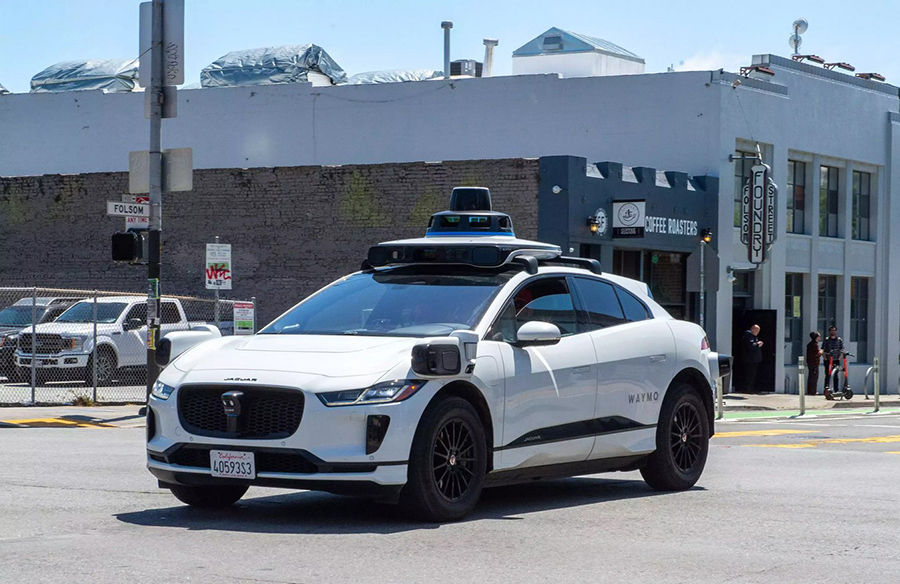The Impact of Self-Driving Taxis on Ride-Hailing Drivers
Nick Boenzi, a part-time Lyft driver in San Francisco, finds himself facing stiff competition not only from fellow drivers but also from self-driving taxis operated by Waymo, a subsidiary of Alphabet. Boenzi highlights a significant challenge posed by these autonomous vehicles: their preference for short rides, which are typically more lucrative for drivers due to higher pay per mile.
Strategies for Maximizing Earnings
Boenzi explains that while long rides may offer the most substantial earnings in terms of overall income, shorter rides often yield higher pay per mile, making them more profitable when factoring in driving expenses like gas and maintenance costs. To make short rides financially viable, Boenzi aims for a minimum pay rate of $1 per mile, including any additional miles spent relocating to busier areas.
Impact on Driver Earnings and Competition
Boenzi’s experience underscores the challenges faced by ride-hailing drivers in an increasingly competitive landscape. He notes that ride challenges, which incentivize drivers to complete a set number of trips within a specified timeframe, can exacerbate competition among drivers. Boenzi’s earnings during ride challenge weeks pale in comparison to non-challenge weeks, reflecting the intensified competition and lower trip availability.
Market Dynamics and Regulatory Issues
The proliferation of ride-hailing drivers, coupled with the introduction of upfront fares and the emergence of self-driving taxis, has transformed the dynamics of the ride-hailing market. Boenzi suggests that Waymo’s presence may contribute to declining demand for traditional ride-hailing services, particularly in urban areas. Regulatory issues, such as restrictions on self-driving taxis and safety concerns, further complicate the situation.
Diversification and Future Plans
To mitigate the impact of fluctuating demand and increased competition, Boenzi explores alternative income streams, such as food delivery platforms, which offer potentially higher earnings per mile. Looking ahead, he aims to establish passive income businesses, such as car washes or vending machines, to supplement his earnings from ride-hailing. Ultimately, Boenzi plans to transition away from full-time driving to pursue more sustainable income opportunities.
Conclusion
Boenzi’s experiences highlight the evolving landscape of ride-hailing in San Francisco, characterized by intense competition, technological advancements, and regulatory challenges. As drivers navigate these complexities, adaptation and diversification emerge as crucial strategies for ensuring financial stability in an increasingly competitive market.

